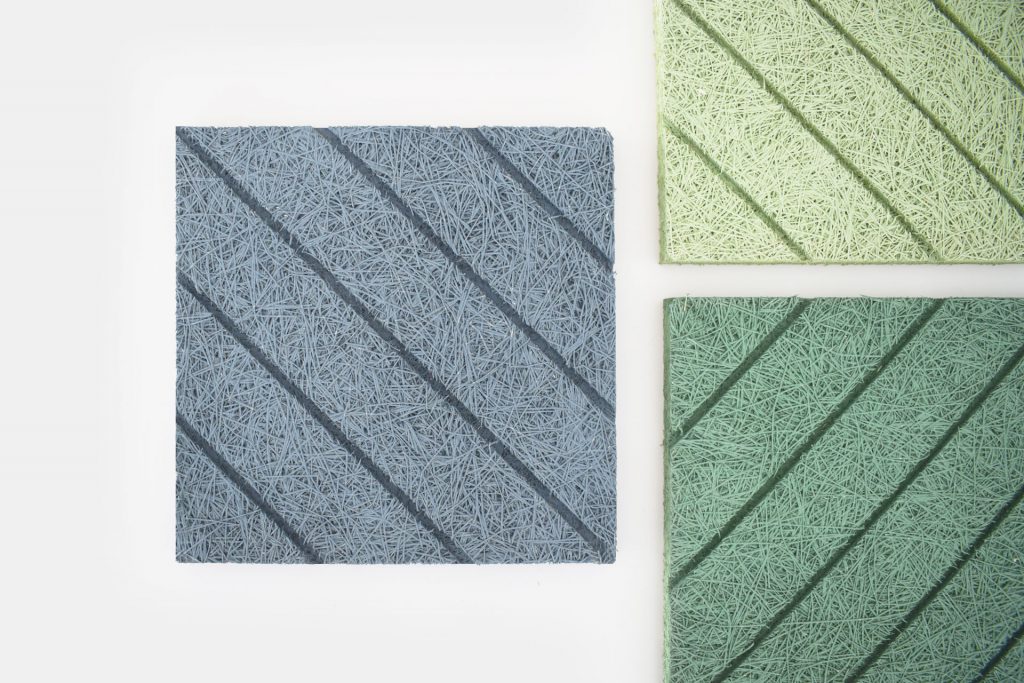
Achieving optimal acoustic comfort in any environment requires a strategic approach to sound absorption and noise control. Uncontrolled reverberation and noise can significantly disrupt both productivity and relaxation, especially in large spaces like offices, auditoriums, and hotels. Wood wool acoustic panels have emerged as a sustainable and highly effective solution for managing sound absorption. Their versatility, high NRC ratings, and eco-friendly composition make them essential in modern architectural design.
Understanding the Science of Acoustic Comfort
Acoustic comfort is not just about reducing noise; it involves creating a balanced sound environment that enhances communication, concentration, and overall well-being. Spaces with excessive reverberation can cause sound waves to bounce repeatedly off hard surfaces, leading to unclear speech and increased stress. To address these challenges, acoustic solutions like wood wool panels are designed to reduce echoes and control noise levels.
Wood wool is composed of natural wood fibers bound with cement, giving it a porous structure ideal for absorbing mid-to-high frequencies. This structure allows wood wool acoustic panels to achieve high NRC ratings, which indicate their sound absorption efficiency. The panels effectively trap and dissipate sound energy, reducing noise pollution and improving speech clarity. Additionally, wood wool panels are often certified by sustainable building programs, contributing to eco-friendly construction practices.
Wood wool’s adaptability makes it suitable for various environments, from educational institutions to commercial buildings. It can be used on both walls and ceilings, offering both functional and aesthetic benefits. With growing emphasis on eco-friendly architecture, wood wool’s low VOC emissions and recyclability have made it a preferred choice for acoustic design.

Key Benefits of Wood Wool Sound Absorption Solutions
Wood wool acoustic panels provide multiple benefits that improve acoustic performance and contribute to sustainability.
Effective Noise Reduction
One of the primary advantages of wood wool acoustic panels is their ability to reduce noise through superior sound absorption. These panels can achieve NRC ratings as high as 0.95, making them effective at minimizing reverberation in large spaces. By absorbing sound waves, they help create quieter, more comfortable environments where conversations are easier to understand.
This level of acoustic control is particularly important in environments such as conference rooms, lecture halls, and open office spaces. Employees and attendees can focus better without the distraction of excessive background noise, improving productivity and engagement.
Sustainability and Certifications
Wood wool is a sustainable material made from renewable resources. Its production involves minimal waste, and many panels are designed to meet environmental certifications such as LEED and C2C. These certifications reflect a commitment to reducing environmental impact and improving indoor air quality through low VOC emissions.
As businesses and organizations prioritize sustainability, using wood wool panels can support green building initiatives. The panels’ long lifespan and recyclability further enhance their eco-friendly appeal, aligning with global efforts to reduce carbon footprints in construction.
Design Versatility and Aesthetic Appeal
Beyond their acoustic performance, wood wool panels offer significant design flexibility. Available in various textures, colors, and patterns, they can complement a wide range of interior styles. Architects and designers often use wood wool panels to create visually striking acoustic features that enhance both form and function.
Whether installed on walls or ceilings, these panels can be customized to fit specific project requirements. Their ability to blend seamlessly into architectural designs makes them suitable for both modern and traditional spaces. As a result, wood wool panels are frequently used in projects where aesthetics and acoustic performance are equally important.

Applications and Best Practices for Wood Wool Panels
Large Public Spaces
In areas such as auditoriums, airports, and sports facilities, controlling sound is crucial to maintaining comfort and functionality. Wood wool panels are installed to reduce reverberation and improve sound clarity, ensuring that announcements and conversations can be heard clearly.
Office Environments
Open-plan offices often struggle with noise control due to minimal barriers between workstations. Strategic placement of wood wool panels helps create zones with balanced sound levels, allowing for both collaboration and focused work.
Educational Institutions
Schools and universities require effective acoustic solutions to support learning and concentration. Wood wool panels improve speech intelligibility in classrooms and lecture halls, enhancing the learning experience for students.
Retrofitting Projects
For buildings undergoing renovations, wood wool panels offer an easy-to-install solution for improving acoustics without major structural changes. Their lightweight construction allows for quick integration into existing spaces.

Enhancing Acoustic Comfort with Wood Wool Panels
Mastering acoustic comfort requires a thoughtful approach to sound absorption, and wood wool panels provide a comprehensive solution. Their high NRC ratings, sustainable composition, and design versatility make them a valuable asset in modern architecture. By reducing reverberation and controlling noise pollution, wood wool panels create environments that promote communication, productivity, and relaxation.
Businesses, educational institutions, and public facilities can benefit greatly from the use of wood wool panels. Not only do these panels support eco-friendly construction, but they also enhance the overall experience of occupants by improving sound clarity and comfort. As the demand for sustainable acoustic solutions continues to grow, wood wool will remain a cornerstone in achieving balanced and harmonious soundscapes.
References
Green Building Advisor. (n.d.). Mineral wool insulation overview. Retrieved February 10, 2025, from https://www.greenbuildingadvisor.com/article/mineral-wool-insulation
Acoustic Geometry. (n.d.). Wood wool panels for acoustic solutions. Retrieved February 10, 2025, from https://acousticgeometry.com/wood-wool
Acoustical Surfaces. (n.d.). Envirocoustic wood wool panels for soundproofing. Retrieved February 10, 2025, from https://www.acousticalsurfaces.com/envirocoustic-wood-wool
Organic Design. (n.d.). 5 good reasons to choose wood wool panels for your project. Retrieved February 10, 2025, from https://organic.design/news/5-good-reasons-to-choose-wood-wool-panels-for-your-project
SPI. (n.d.). Mineral wool insulation: An introduction. Retrieved February 10, 2025, from https://www.spi-co.com/roller/SPIBlog/entry/mineral-wool-insulation-an-introduction
Share
